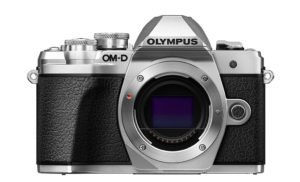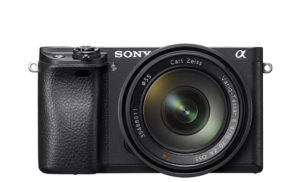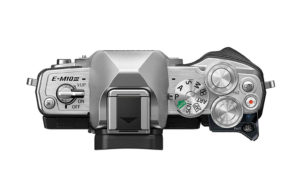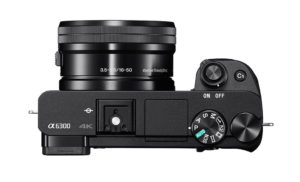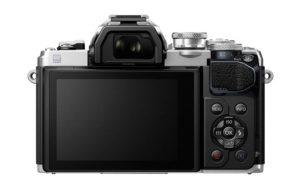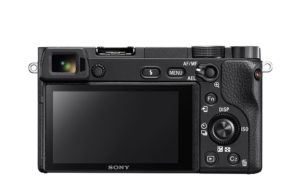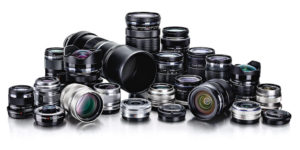The Olympus OM-D E-M10 III and the Sony a6300 can’t really be considered direct competitors due to the difference in price, design and target audience. One thing they do have in common, however, is that they would both make an excellent first camera for someone with a budding interest in photography.
The E-M10 mark III is the latest addition to the Micro Four Thirds family and despite its multiple amateur-oriented features, it retains most of the advanced settings you can find on mid-range and even high-end models. Add to that the attractive design and price and it becomes the optimal first step into the world of photography.
The Sony a6300 is one of Sony’s mid-range models and can easily satisfy those looking for excellent image quality for stills and video, top-of-the-class autofocus and a compact design.
If you are curious to find out more about how these two cameras differ, we invite you to keep reading – there’s a lot to cover!
Ethics statement: The information supplied in this article is based on official specifications as well as our personal experience with the a6300 and OM-D cameras. If we get the chance to test the two products side-by-side, we will publish a full comparison. We were not asked to write anything about these cameras, nor were we provided with any sort of compensation. Within the article, there are affiliate links. If you decided to buy something after clicking the link, we will receive a small commission. To know more about our ethics, you can visit our full disclosure page. Thank you!
1. Image sensor
The OM-D E-M10 mark II features a Four Thirds sensor with 16MP of resolution while the a6300 has a larger APS-C chip and a higher resolution of 24MP. This means that the Sony camera provides more dynamic range and better low light capabilities at high ISOs. As you can see below, the difference in size isn’t outstanding but it is enough to give the E-mount camera the upper hand in difficult conditions.
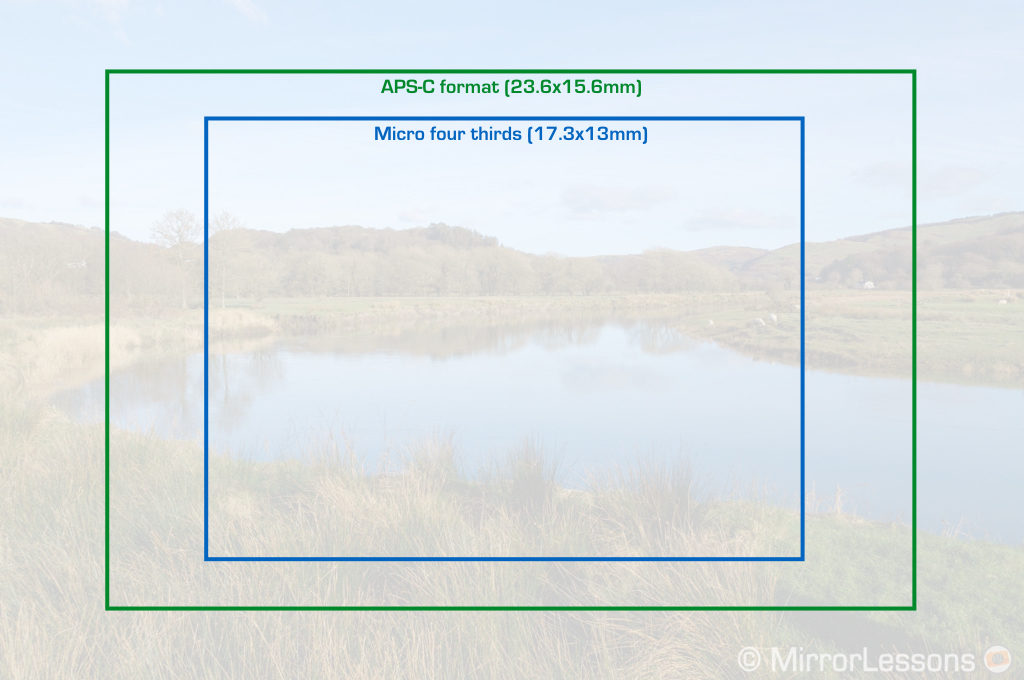
The Olympus has an ISO range of 200 to 25600 and you can also choose a pull value of ISO 100 (Low). The a6300 has a native 100-25600 range and an extra “push” level of ISO 51200.
The technology of the sensors is somewhat different as well. They both have a CMOS sensor but the one found inside the a6300 uses lower copper wiring to collect light more efficiently.

2. Autofocus
The E-M10 mark III uses an autofocus system with 121 points and the latest generation TruePic VIII processor ensures faster performance than previous OM-D cameras. However the nature of this system, which is based on contrast detection AF, can reach its limit in low light or with very fast subjects.
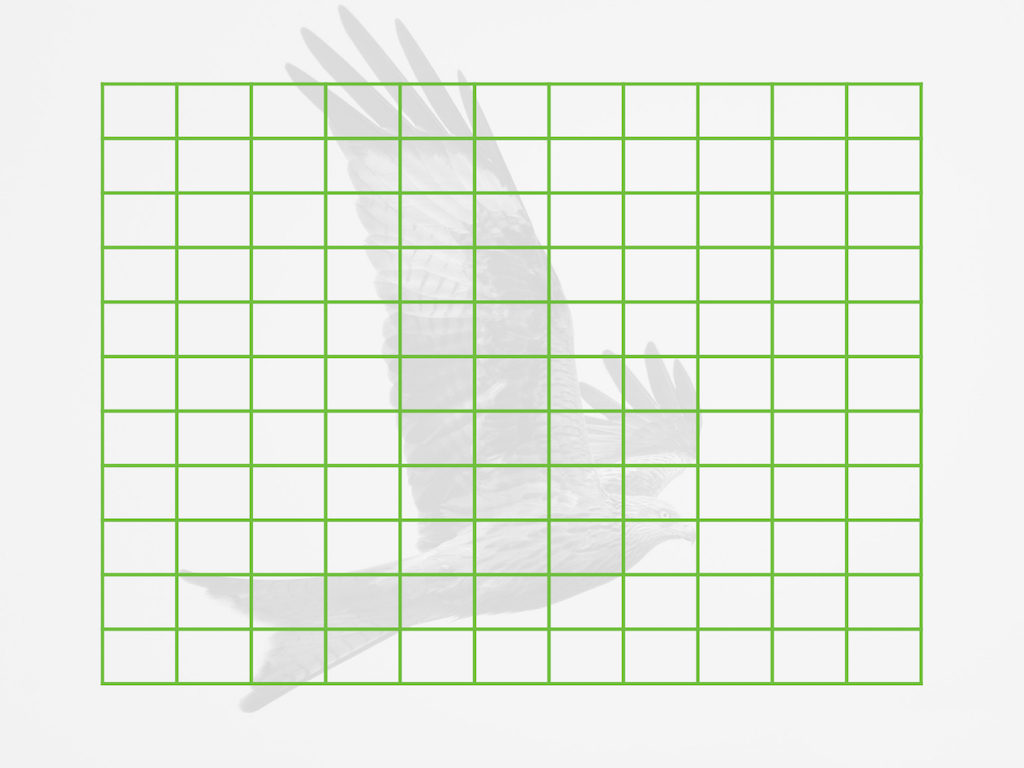
The phase detection autofocus technology of the Sony isn’t just more advanced but it is also one of the best on the market, all mirrorless systems considered. It features 169 contrast and 424 phase detection points that cover the vast majority of the sensor surface. The High Density Tracking AF technology concentrates as many phase points as needed on the subject while a single point is used for EyeAF, which is one of the best eye detection systems on the market.
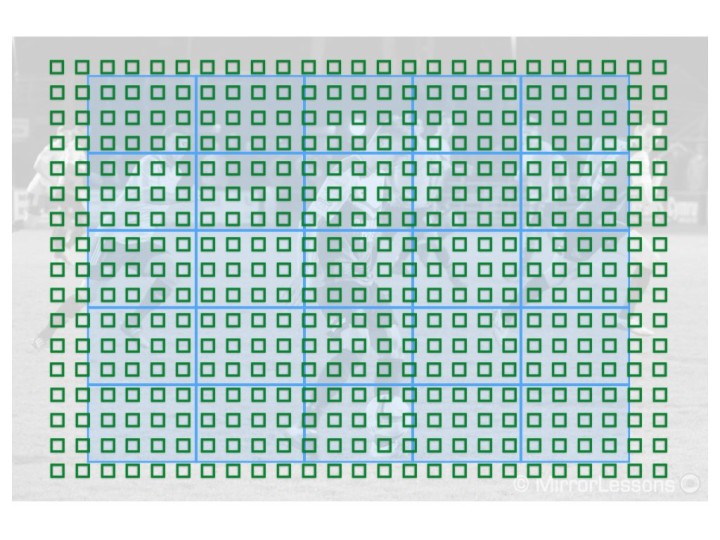
The OM-D camera features face and eye detection as well and you can select three different AF areas (All, 9 and Single). Other settings include AF-Tracking and Super Spot AF. The latter allows you to autofocus with magnification activated which is useful with macro shots for example.
The a6300 lets you choose between Wide, Zone (a 3×3 grid), Centre and Flexible Spot (3 sizes). There is Lock-On AF (Tracking) and AF with magnification too.
Another advantage of the Sony AF system is the possibility to use DSLR lenses via a compatible adapter with decent results. Although the small size of the camera doesn’t really fit the large and heavy lenses of a DSLR system, it is certainly a nice bonus.
A final note in favour of the E-M10 III: you can use its touch LCD monitor to move the focus point while framing with the viewfinder.
3. Image Stabilisation
The E-M10 III has a powerful feature on its side that the Sony lacks: 5-axis image stabilisation. The sensor shift technology can compensate up to 4 stops and is compatible with any lens, including old manual focus glass (you just need to input the focal length in the menu). It is effective in video mode as well, with the option of combining it with electronic stabilisation.
The a6300 doesn’t include in-body stabilisation unlike its twin sister the a6500 (more on this at the end of the article) and relies on the optical stabilisation of E-mount lenses.
4. Shutter modes
The two cameras have a maximum shutter speed of 1/4000s with the mechanical shutter. The slowest speed on the Olympus is 60 seconds while the a6300 stops at 30 seconds. There is a Bulb mode on the E-mount camera while the E-M10 is more “long-exposure friendly” with useful features such as Bulb Time.
Both have a electronic first curtain shutter option although the speed on the OM-D is limited to max. 1/320s. With the electronic shutter, the E-M10 III can go as fast as 1/16000s while the Sony is stuck at 1/4000s regardless of the shutter mechanism used.
5. Continuous shooting speed and live view
The OM-D camera can shoot as fast as 8.6fps (High) but if you want to use C-AF, you have to downgrade to 4.5fps (Low). The a6300 can shoot at 11fps with continuous AF.
Another interesting difference is how live view behaves during burst shooting. Up to 8fps, the Sony will maintain live view with very short blackouts. The Olympus has a similar behaviour in Low mode but at the fastest speed of 8.6fps, the last image taken is displayed instead.
Concerning the buffer capabilities, they are similar with the Sony delivering 21 RAW frames in a burst as opposed to 22 with the OM-D but let’s not forget that the a6300 deals with more resolution. One advantage of the Olympus is its compatibility with UHS-II cards.
6. Video capabilities
The two products can record 4K video up to 30fps and 100mbps but the similarities begin and end here. The E-M10 III doesn’t have any advanced features for filmmakers given its entry-level status. Sensitivity is limited to 6400 ISO and you have manual controls, a few movie effects and a slow motion option at 120fps but at this speed, the resolution drops to 720p. There is also a 4K Time-lapse feature but the frame rate is poor at just 5fps.
Below you can see a few clips straight out of camera recorded by Robin Wong.
The a6300 on the other hand has specifications that can attract advanced video makers. It records 4K with full pixel readout and no pixel binning by using 20MP on the sensor (6K equivalent). It then downsizes to 4K which ensures extra detail and sharp results. The ISO goes up to 25600 and the images are quite usable up to 6400 or even 12800. There are picture profiles specifically designed for video that include the S-Log2 and S-Log2 gamma curves. In 1080p you can record up at 120fps. For audio there is a microphone input.
The OM-D retains the advantage of internal stabilisation which works for video with good results. However some distortion can appear depending of the nature of your movements. It’s still too early to determine how much the E-M10 III suffers from rolling shutter but we know that it is severe on the Sony camera.
The a6300 is definitely the better performer of the two when it comes to autofocus for video. The phase detection system is very fast and you can control the responsiveness of the speed in the menu.
7. Design and functionality
Certainly the first difference you will notice between these two mirrorless cameras is the design. The E-M10 III’s shape was inspired by Olympus’ old OM film cameras and they’ve done a great job replicating it.
Sony on the other hand has always preferred a more modern approach to the design of its cameras and the a6300 is no exception. The Olympus is available in black or silver while the Sony is only available in black. Only the a6300 has weather sealing (dust and moisture).
Despite the larger sensor, the a6300 is smaller than the E-M10 III, especially if we consider the height. The weight is more or less the same however at around 400g. The grip on the a6300 is more prominent but the one on the E-M10 III is larger than that of its predecessor, having been redesigned to give users a better hold on the camera.
The E-M10 III features two top dials to control shutter speed and aperture, 8 buttons on the top and rear, and a 4-way arrow pad. On the a6300 you have one top dial only so the exposure is also controlled via the command wheel on the rear.
Concerning the display interface, the a6300’s isn’t the most user-friendly, with an arrangement of settings that sometimes defies logic. The E-M10 III inherits the updated menu system of the flagship E-M1 II but it has been simplified. The beginner-friendly interface allows you to quickly select special features or settings according to the scene mode you’re using.
8. Viewfinder and LCD screen
The viewfinder of the E-M10 III is larger (0.5-in vs 0.39-in) but the Sony has better magnification (0.70x vs 0.61x). They share the same resolution of 2,359k dots and use an OLED panel. The refresh rate is 60fps by default and you can increase it to 120fps, albeit with a loss in resolution on the Olympus. Note that on the Sony the frame rate is linked to the NTSC/PAL setting. With the latter it’s 50/100fps.
The rear screen is touch sensitive on the E-M10 III and there are several actions you can perform including taking a picture, selecting settings and moving the AF point. The one on the Sony is not touch sensitive. Both have a tilting-only mechanism.
9. Extra features
Like all recent Olympus cameras, the E-M10 III is packed with extra features such as Live Composite, Live Bulb, Focus Bracketing, Keystone Compensation, Multiple Exposure, Time-lapse, HDR bracketing and many others.

The a6300 has fewer special functionalities but there is a catch: many of them can be downloaded from the PlayMemories store. Some are very interesting such as Digital Filter or Light Painting but unfortunately most of them, including basic features like time-lapse, are paid apps.
As a final note, if you are interested in strobes or more specially off-camera flash, only the Sony has a wireless system mode. For the E-M10 III you must look for third-party radio triggers.
10. Price and lenses
The E-M10 III will be priced at $650 / €660 / £630. The a6300 can be found around $900 / €990 / £820.
Concerning the lens selection, Micro Four Thirds has a relevant advantage in that it has been around for longer and is being developed by two brands (Olympus and Panasonic). There are more than 50 native lenses plus several manual focus options from third-party brands.
With the E-mount series, it depends on how you look at it. If you analyse the APS-C line-up on its own, the choice is decent but far from astounding. Not only does it lack constant fast aperture zooms, but the choice of primes isn’t overwhelming either.
If we add Sony’s full frame lenses (A7/A9 series) to the list, the selection significantly increases, as does the quality of the lenses. The downside is that many of them are quite expensive. Finally we have the option of adapting DSLR lenses as explained in the autofocus chapter, although I consider this an extra rather than a primary solution.
Bonus: Sony a6500
I excluded the a6500 from this comparison simply because the difference in price is too large (the flagship APS-C camera costs $1400 and is even more expensive in Europe). That said, it has much in common with the a6300 including the sensor, autofocus system and body design.
The improvements made to the a6500 are the implementation of 5-axis stabilisation, larger buffer capabilities, a rear touch screen, a slightly re-designed front grip and an updated menu system. If you are curious to find out more, you can read our complete a6300 vs a6500 comparison or check out the ten main differences.
Conclusion
The difference in price between the two cameras cannot go unnoticed and indeed, it might be the main factor that influences your decision.
The E-M10 III was conceived with beginners in mind, which is why Olympus supplied the camera with features and scene modes that are easy to access and use. If you want more control however, you won’t be disappointed as the camera offers all the manual settings you can find on the mid-range OM-D cameras in addition to excellent 5-axis stabilisation, 4K video and a large number of special features to help you take creative shots such as star trails or long exposures.
The a6300 was primarily designed for speed: it has one of the fastest autofocus systems of all mirrorless cameras, an excellent continuous shooting speed and advanced video capabilities that can satisfy video makers. Add to the mix the larger APS-C sensor and you have a compact camera capable of delivering excellent quality in various conditions.
Check price of the Olympus OM-D E-M10 III on
Amazon | Amazon UK | B&H Photo
Check price of the Sony a6300 on

